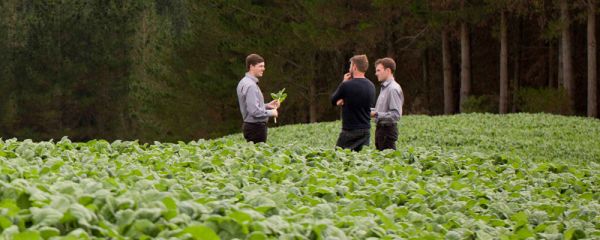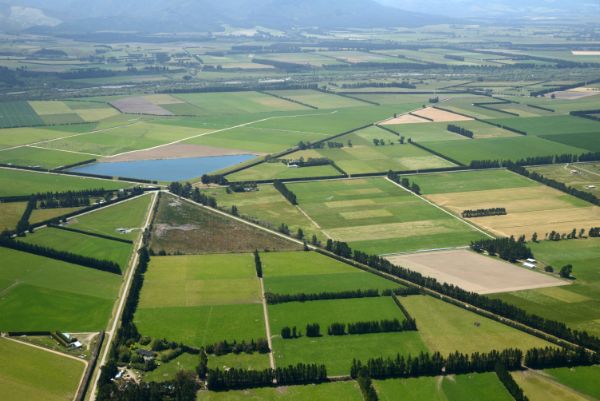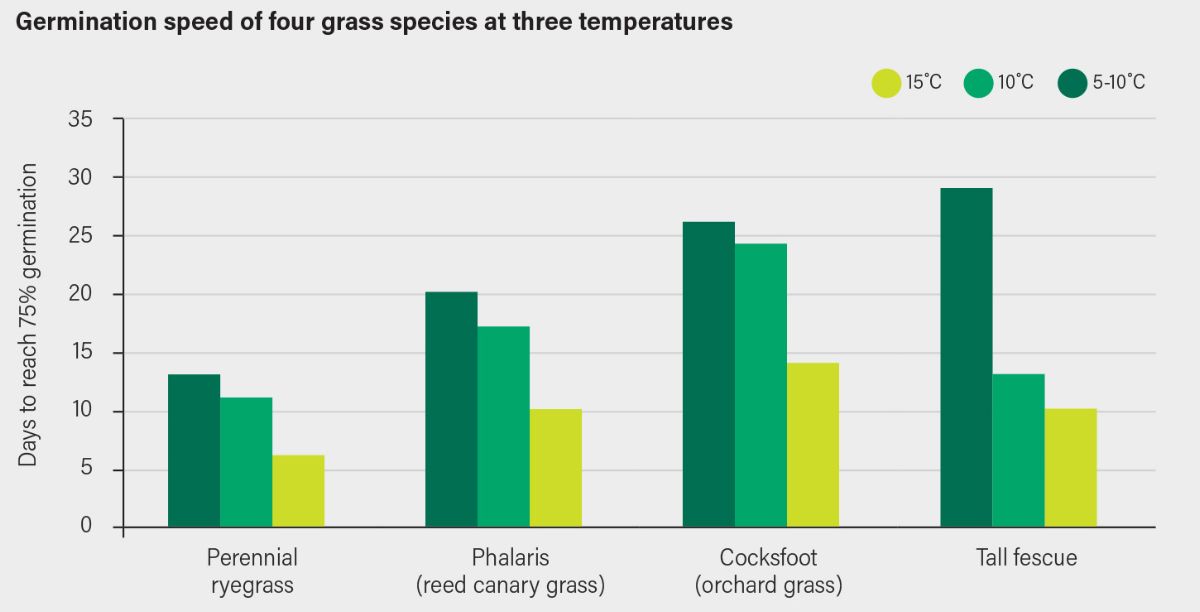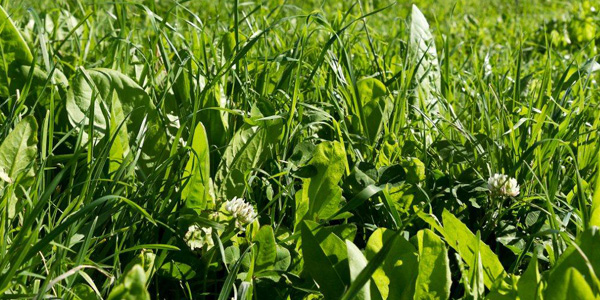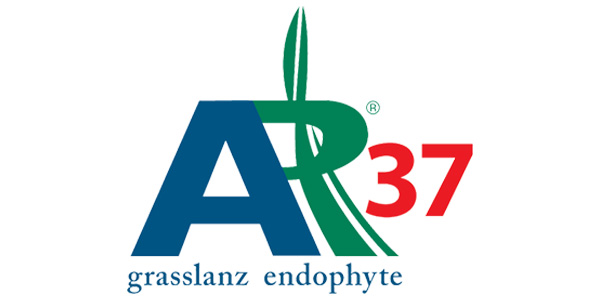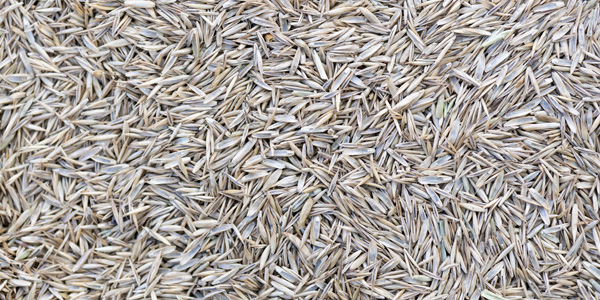
TALL FESCUE ESTABLISHMENT
TALL FESCUE ESTABLISHMENT
Paddock Selection
Some key points that are essential when confirming the paddocks into which tall fescue is going to be established include:
- Has the paddock fertility been addressed - tall fescue is a high fertility grass species
- If a paddock is too wet to be grazed in September this can lead to management issues when trying to maintain quality in spring. If the paddock is wet in September can it be dry enough to be taken for silage in late October?
- Late summer-sown tall fescue should NEVER be sown after Italian or annual ryegrass, especially if these grasses have produced seedheads through December or January. It is appropriate if they have been sprayed out by late November or early December, but care must be taken to watch for Argentine Stem Weevil which is commonly found in annual and Italian ryegrasses
Understanding your fertility status early on is critical. Learn more about soil structure and fertility here.
ESTABLISHMENT
Tall fescue is slower to establish than ryegrass (especially in cold soils) and is therefore prone to competition from weeds. Controlling weeds and the time of planting is therefore crucial to establishing tall fescue. Preparation for establishment needs to be thorough and may take more than one year.
The key is to minimise the reestablishment of weeds and unwanted grasses in the young fescue pasture. Prevent the seeding of these weeds for 1-3 years before planting tall fescue and ensure all weeds are effectively killed before sowing. If you have a clean seedbed, the success of establishment is greatly improved because even if germination and development of the fescue is slower than expected, it will still get through to the first growing spring and then develop quickly.
When using post-emergence herbicides it is essential to apply them early to ensure an effective kill and to prevent smothering of small tall fescue seedlings. This is even more important for spring plantings, due to the more rapid development of weed seedlings and their effect of drying out the soil in summer.
TIMING OF ESTABLISHMENT
Timing of planting is also crucial. Tall fescue establishes quickly in warm soils, but not in cold soils (Figure 25 next page). Planting in autumn when soils are cool (5 to 10˚C) will result in slow germination (28 days) and then slow growth in winter, which allows weeds (e.g. chickweed) and other grasses (e.g. Poa annua, ryegrass) an opportunity to smother tall fescue over winter. When planted in autumn in 12-15˚C temperatures, tall fescue is competitive with most weeds. Some weeds germinate in late autumn (e.g. Poa annua), so planting fescue early gives those seedlings a head start.
- In much of New Zealand tall fescue is sown in the spring to take advantage of increased soil temperature and to minimise weed issues
- In the north of New Zealand where summer grass weeds are common it is NOT recommended to sow in the spring and late summer and early autumn sowings are recommended. It is still important in these circumstances not to sow too late as Poa annua can be a detrimental weed grass if temperatures decline fast
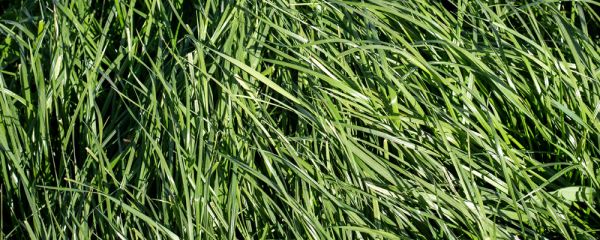
Our Tall Fescue range
VIEW PRODUCTS